Along with the whole country, from July 1, Hanoi city officially operated the 2-level local government model, with the establishment of new communes and wards with large areas, large populations, many villages and hamlets with diverse histories and cultures... In that context, preserving and harmonizing the cultural features of each village is a strategic orientation for sustainable development of Hanoi's countryside...
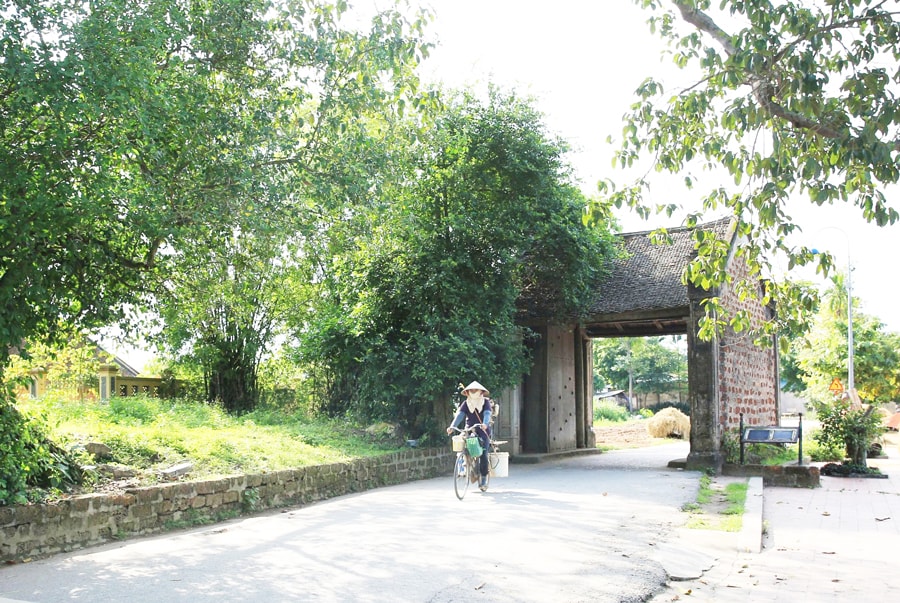
Culturally rich
Son Tay Ward is the center of Xu Doai, an ancient land containing many historical and cultural values. In particular, Duong Lam ancient village is considered the "core" with a massive system of national relics, such as: Va Temple (worshipping Saint Tan Vien), Mia Pagoda, Phu Sa Communal House, Phung Hung Temple, Ngo Quyen Tomb... This place preserves the strong culture of the hilly region, producing many famous people, scholars and patriotic traditions.
Mr. Phan Van Loi, a local resident, said that as an ancient village, there are many festivals and old customs here, and village meetings are held regularly. On the death anniversaries of the two kings Phung Hung and Ngo Quyen and the third-ranked scholar Giang Van Minh, according to custom, the local government organizes the ceremony, and the households in the village "contribute to the death anniversary". After the death anniversary, the whole village gathers to enjoy the blessings. "This is a unique beauty, connecting the village and neighborhood", Mr. Phan Van Loi proudly said.
In Dan Phuong commune, thanks to the construction of new rural areas, the villages are becoming more and more spacious and beautiful. In particular, many new village gates have been built, with their own architectural features, associated with the culture of each locality, but still ensuring convenient access for fire trucks and ambulances. The village gates of Dong Khe, Doai Khe, Co Ngoa Ha, Thu Que... have been contributing to the cultural beauty of Hanoi's new rural areas.
According to the Hanoi Office of the New Rural Development Program, village culture creates many traditional beauties of the Vietnamese people. That is "village affection", "helping each other in times of need", creating community cohesion and solidarity. The era of openness, integration, and cultural exchange between Vietnam and the world, between urban and rural areas is posing many problems in preserving traditional culture. Therefore, in the construction of new rural areas, the Steering Committee of Program No. 04-Ctr/TU of the Hanoi Party Committee on "Promoting the effective implementation of the National Target Program on new rural construction associated with restructuring the agricultural sector and developing the rural economy , improving the material and spiritual life of farmers in the period 2021-2025" regularly reminds localities: New rural construction must follow the planning, the countryside must be harmoniously connected with urban areas and have the function of preserving landscapes, balancing ecology, creating environmental belts, preserving cultural values... Many rural areas have become models in promoting cultural values, boosting the economy, connecting the community...
Conservation and development
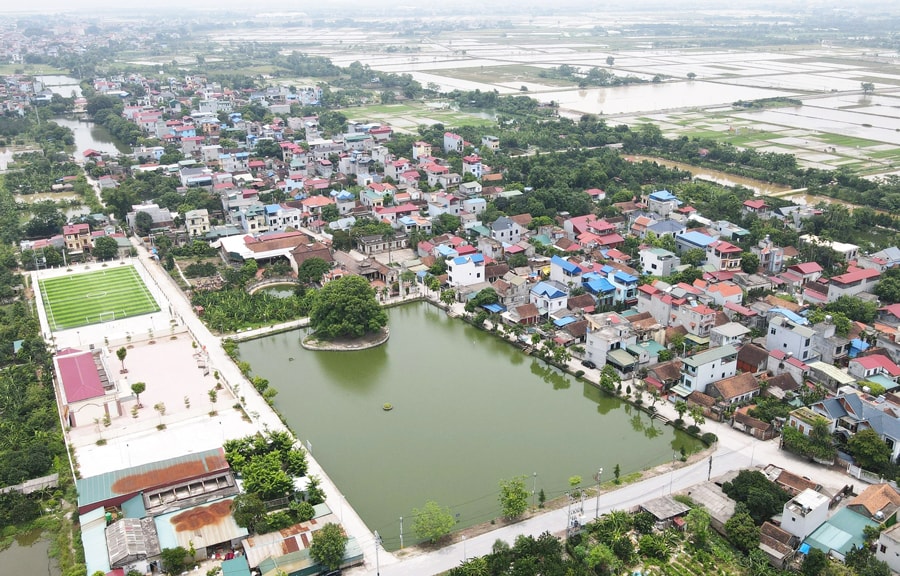
Along with the whole country, from July 1, Hanoi began operating a two-level local government model, streamlining the apparatus and improving management efficiency. Many communes after the merger are very large in scale, covering many villages and hamlets with different cultural and historical characteristics. This is the right step in terms of administrative organization but also poses a big challenge in preserving and promoting local cultural values.
Phuc Loc commune was merged from 5 old communes: Nam Ha, Van Phuc, Xuan Dinh, Sen Phuong and Vong Xuyen, with more than 60,000 people and 46 villages. There are dozens of traditional festivals, many historical relics and handicrafts. Secretary of the Party Committee of Phuc Loc commune To Van Sang said that after the new apparatus was put into operation, the commune immediately held meetings and worked with the village heads in the whole commune to deploy tasks. In particular, in the cultural field, the commune continues to maintain movements to keep village roads, alleys, hamlets, villages, and residential groups bright, green, clean, beautiful, and safe; preserve, embellish, and prevent degradation of historical and cultural relics; create changes in civilized lifestyles in rural areas...
Similarly, O Dien commune was merged from 7 old communes: Hong Ha, Lien Hong, Lien Ha, Lien Trung, Tan Hoi, Tan Lap and Ha Mo, where many villages and hamlets with different customs, festivals and crafts are concentrated. Without direction and support policies, the risk of traditional values being forgotten or fading is very real. Therefore, when the administrative scale expands, the commune leaders determined that what needs to be done is not to "uniformize" culture, but to "map" - that is, clearly identify, preserve and promote each unique feature of each village and hamlet, creating a rich, diverse and sustainable common identity.
Hanoi is aiming to build an advanced new rural area, a model new rural area, in which culture is an important criterion. The city prioritizes resources from the National Target Program and other capital sources to preserve and restore the cultural space of traditional craft villages, national and city-level relics in potential localities. Building a new rural area does not stop at increasing income and spacious infrastructure, but must preserve the cultural character of the countryside... Each village has its own customs, habits, and beauty. Therefore, preserving and promoting traditional cultural values typical of the region is of special importance to the thousand-year-old capital.
Source: https://hanoimoi.vn/giu-net-dep-van-hoa-trong-xay-dung-nong-thon-moi-709434.html




![[Photo] Prime Minister Pham Minh Chinh chairs the 20th meeting of the Steering Committee for important national projects and works](https://vphoto.vietnam.vn/thumb/1200x675/vietnam/resource/IMAGE/2025/9/10/e82d71fd36eb4bcd8529c8828d64f17c)
![[Photo] President Luong Cuong hosts state reception for Governor-General of Australia](https://vphoto.vietnam.vn/thumb/1200x675/vietnam/resource/IMAGE/2025/9/10/a00546a3d7364bbc81ee51aae9ef8383)

![[Photo] Giant pipeline leading water to West Lake, contributing to reviving To Lich River](https://vphoto.vietnam.vn/thumb/1200x675/vietnam/resource/IMAGE/2025/9/10/887e1aab2cc643a0b2ef2ffac7cb00b4)













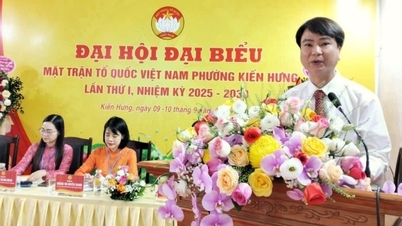




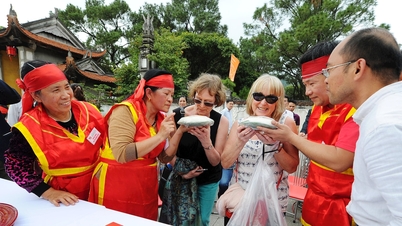
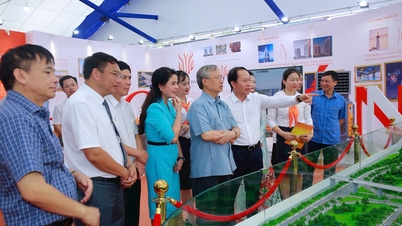


























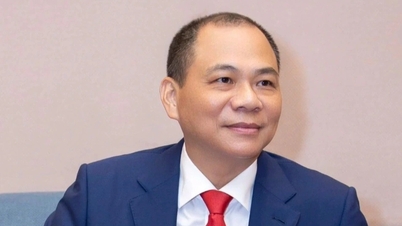






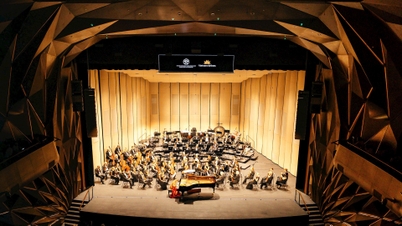


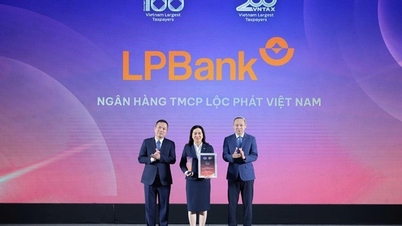
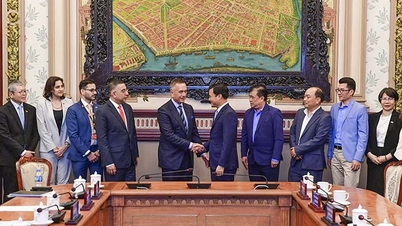
















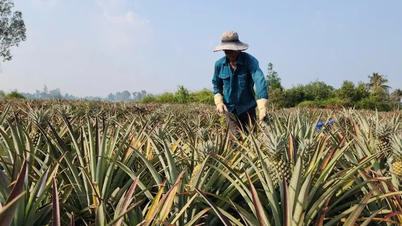

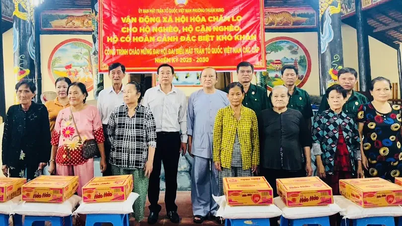

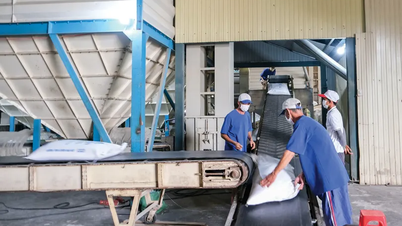




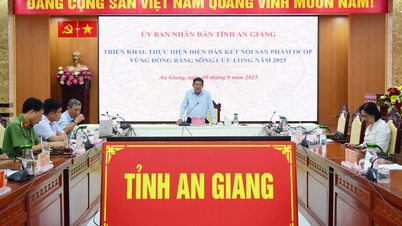








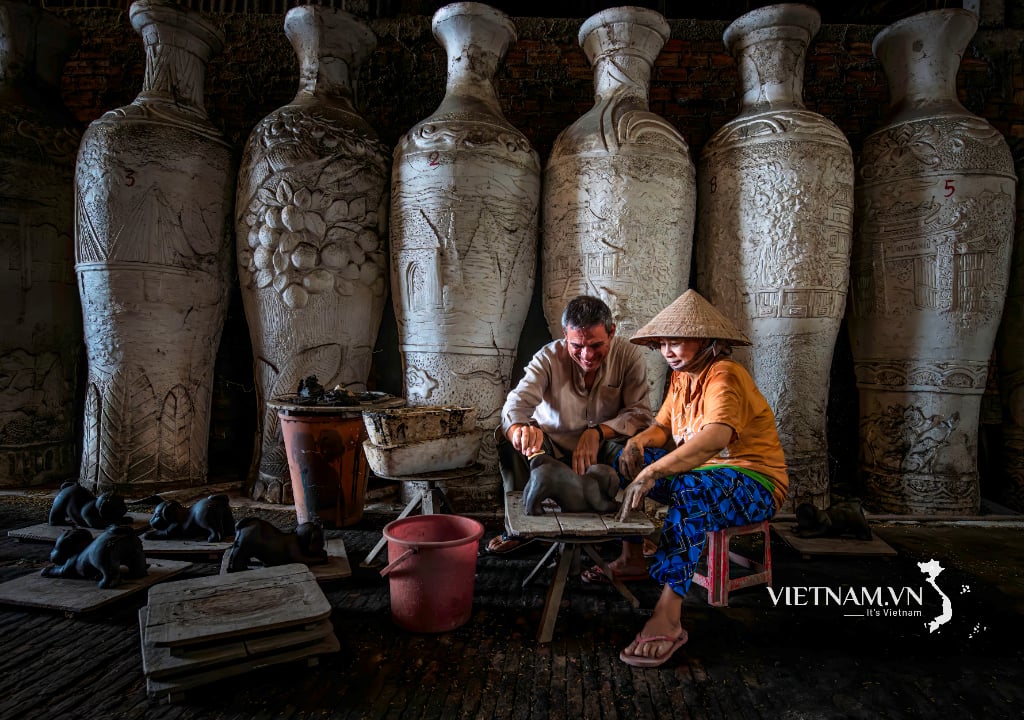
Comment (0)